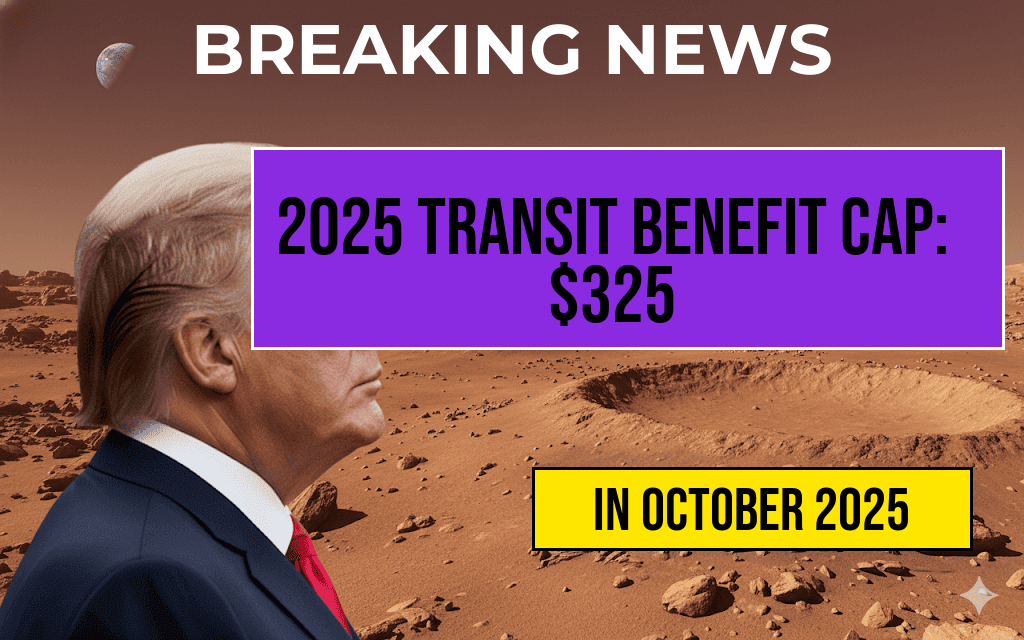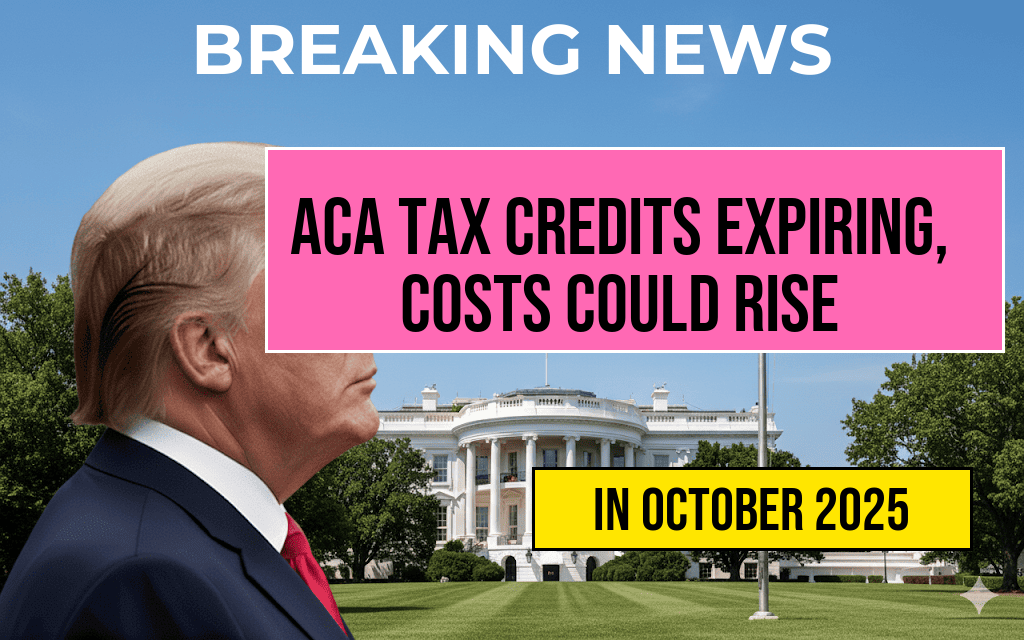The Internal Revenue Service (IRS) has announced a new cap on the monthly transit benefit for employees, set at $325 starting in 2025. This adjustment aligns with inflation and aims to provide workers with increased support for commuting costs while maintaining compliance with federal regulations. For many commuters, this change means potential savings of hundreds of dollars annually, especially for those relying heavily on public transportation or parking benefits. Employers offering transit benefits will need to update their payroll systems to reflect the new limit, and employees should review their plans to maximize savings. This move underscores ongoing efforts to make sustainable commuting options more affordable amidst rising transportation expenses across the country.
Details of the 2025 Transit Benefit Cap
Overview of the New Limit
Effective January 1, 2025, the IRS has increased the monthly pre-tax transit benefit cap from the previous limit of $300 to $325. This change follows annual adjustments based on inflation, ensuring that the benefit remains relevant and supportive of current commuting costs. Under federal law, employers can provide employees with pre-tax benefits for qualified transportation expenses, which include transit passes, vanpooling, and eligible parking costs. The cap is designed to encourage the use of public transportation by making it more financially accessible.
Implications for Employers and Employees
| Year | Maximum Monthly Benefit |
|---|---|
| 2024 | $300 |
| 2025 | $325 |
Employers offering transit benefits should update their payroll and benefits administration systems to accommodate the new cap. For employees, this change can translate into increased pre-tax savings, reducing taxable income and lowering overall commuting costs. Employees who regularly utilize public transit or park-and-ride options should review their benefit plans to ensure they maximize their tax advantages.
How the Transit Benefit Cap Affects Monthly Savings
Calculating Potential Savings
For employees who previously claimed the maximum benefit of $300 per month, the new limit of $325 offers an extra $25 per month in tax-advantaged income. Over the course of a year, this amounts to an additional $300 in pre-tax savings, potentially freeing up funds for other expenses or investments.
For instance, a commuter who spends approximately $250 monthly on transit passes and parking could now leverage the full $325 benefit, eliminating taxable income on that amount. This adjustment could result in a tax savings of roughly 20-30%, depending on the employee’s tax bracket. The precise savings vary based on individual circumstances, but the increase provides meaningful relief for workers facing rising transportation costs.
Impact on Commuting Choices
The increased cap may incentivize more employees to switch to public transportation or alternative commuting methods, reducing reliance on personal vehicles. This aligns with broader sustainability goals and can help decrease traffic congestion and environmental pollution. Employers may also see a boost in employee satisfaction and retention by offering more substantial transit benefits.
Legal and Policy Context
Regulatory Framework
The IRS annually adjusts the qualified transportation fringe benefit limits to account for inflation, with the current cap set at $325 for 2025. This benefit is governed by Section 132(f) of the Internal Revenue Code, which allows employees to set aside pre-tax earnings for commuting expenses. The increase reflects a broader effort to keep benefits aligned with current transportation expenses.
Related Federal Initiatives
Federal transportation policies increasingly promote sustainable commuting options, such as expanded transit funding and incentives for electric vehicles. The transit benefit cap is part of a suite of measures intended to make eco-friendly commuting more financially viable for workers across various income levels.
Resources and Next Steps
- Employees should consult their HR departments or benefits administrators for specific information on how the new cap affects their plans.
- Employers can visit the IRS’s official website for detailed guidance on implementing the updated benefit limits.
- For more on federal transportation policies, the Wikipedia entry on Public Transport in the U.S. provides comprehensive background.
Frequently Asked Questions
What is the new 2025 Transit Benefit Cap?
The 2025 Transit Benefit Cap limits the monthly transit benefits to three hundred twenty-five dollars, representing a change from previous benefit amounts to help manage costs and encourage sustainable transportation options.
How does the monthly savings work with the new cap?
The monthly savings are achieved by capping the transit benefit at $325, which reduces the overall expense for employees who previously received higher benefits, allowing them to save money or allocate funds elsewhere.
Who is affected by the 2025 Transit Benefit Cap?
This cap primarily affects employees and employers who utilize transit benefits. Those receiving benefits exceeding $325 per month will see adjustments, leading to more equitable distribution of transit subsidy funds.
When does the 2025 Transit Benefit Cap take effect?
The new cap is scheduled to take effect starting in January 2025, giving organizations time to adjust their benefit programs and communicate changes to their employees.
Are there any exemptions or exceptions to the Transit Benefit Cap?
Generally, the cap applies to standard transit benefits. However, certain exemptions or special arrangements may be available depending on employer policies or specific employee circumstances, so it’s advisable to consult the HR department for detailed information.







